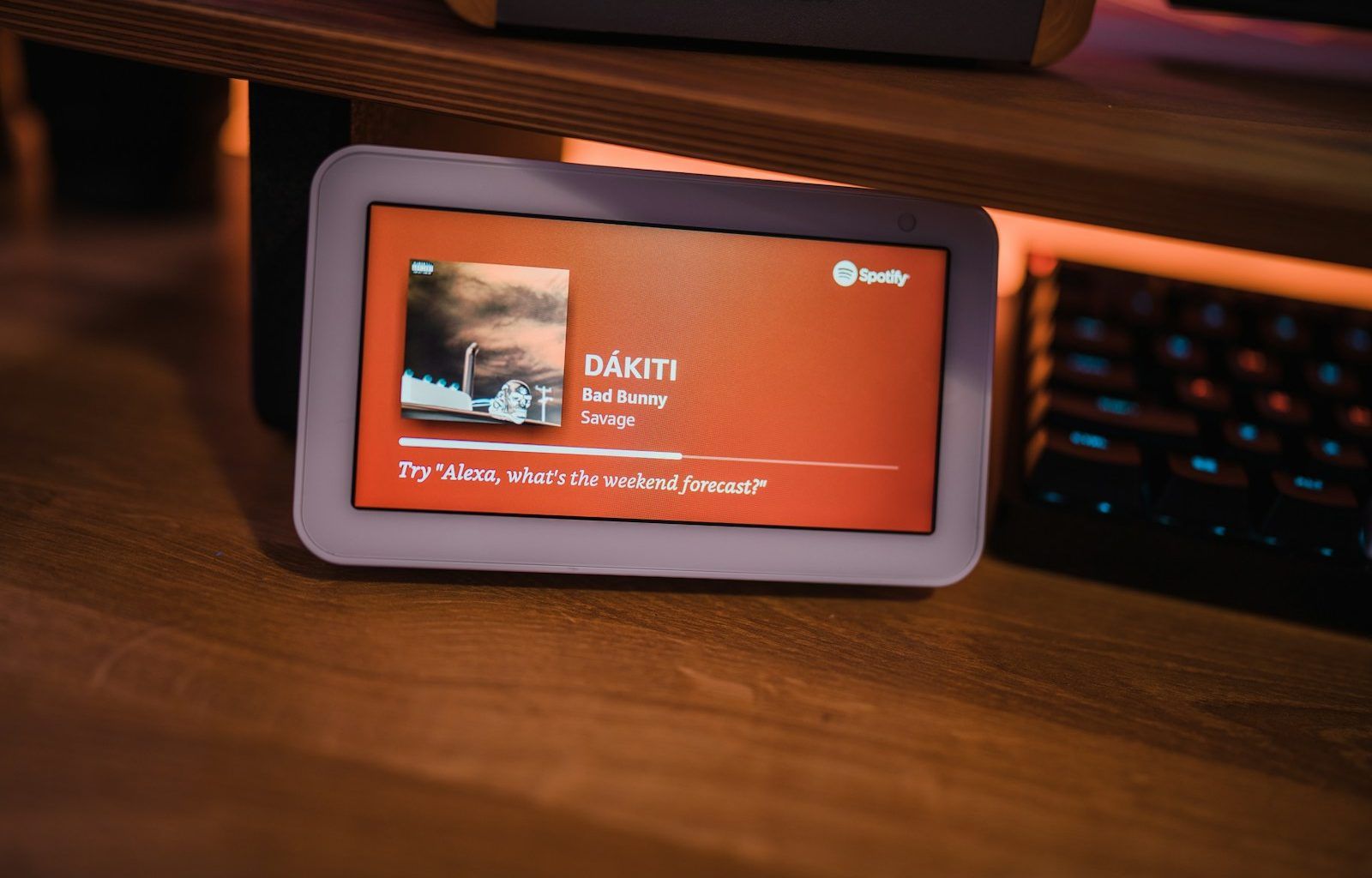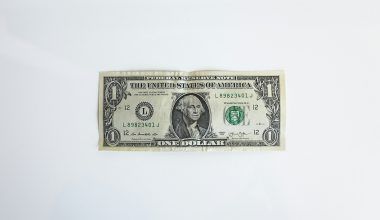If you’re an artist wondering, “How do I put my music on Spotify?” you’re in the right place. Getting your music on Spotify isn’t just a dream—it’s entirely possible, and the process is easier than you might think. Whether you’re a beginner or have experience releasing music, this guide will break everything down step by step. By the end of this blog, you’ll know exactly how to share your tunes with the world.
Why Should You Put Your Music on Spotify?
Spotify is one of the most popular music streaming platforms globally, boasting millions of users who tune in daily. As an artist, this means you can reach a vast audience. The platform helps build your fan base, increase your streams, and even earn royalties. Beyond exposure, being on Spotify also makes your music more accessible. Listeners can save your tracks, add them to playlists, and share them with their friends. Plus, being present on Spotify gives you credibility as a professional artist.
Step 1: Create High-Quality Music
Before diving into the technicalities of uploading your music, focus on the basics. Make sure your tracks are polished and professional. Invest in good recording equipment or hire a professional studio. If you’re working on a budget, there are affordable software options and freelance audio engineers available online. High-quality music stands out, and on platforms like Spotify, good sound can make a huge difference in attracting and keeping listeners.
Step 2: Choose a Music Distributor
Spotify doesn’t allow artists to upload their music directly. You’ll need a music distributor to act as a middleman. These companies handle the process of getting your tracks onto Spotify and other streaming platforms. Some popular music distributors include:
- DistroKid
- TuneCore
- CD Baby
- Amuse
- Ditto Music
Each distributor has its own pricing model and features. For example, DistroKid charges an annual fee, while CD Baby takes a one-time fee per release. Do some research to find the one that suits your needs best.
Step 3: Prepare Your Tracks for Upload
Once you’ve chosen a distributor, it’s time to get your tracks ready. Here are a few things you’ll need:
- High-quality audio files: Spotify typically requires tracks in WAV format for optimal quality.
- Album art: Your artwork should be at least 3000 x 3000 pixels and look professional. Tools like Canva or Adobe Spark can help if you’re creating it yourself.
- Metadata: This includes the song title, artist name, and genre. Double-check these details because they’ll appear on your Spotify profile.
Step 4: Upload Your Music
Now comes the exciting part—uploading your music! Log in to your chosen distributor’s platform and follow their upload process. This usually involves:
- Uploading your audio files: Ensure you’ve named them correctly.
- Adding metadata: Provide accurate information about your tracks.
- Uploading album art: Make sure it meets the platform’s specifications.
- Selecting release dates: Choose when you want your music to go live. Many artists schedule releases weeks in advance to build anticipation.
Step 5: Claim Your Spotify for Artists Profile
Once your music is live on Spotify, it’s time to take control of your artist profile. Spotify for Artists is a free tool that lets you customize your profile, track your streams, and gain insights about your listeners. To claim your profile:
- Visit Spotify for Artists.
- Sign in with your Spotify account.
- Follow the steps to verify your profile.
After verification, you can add a bio, upload photos, and even pitch your tracks for playlist consideration.
Step 6: Promote Your Music
Having your music on Spotify is just the beginning. To make the most of the platform, you’ll need to promote your tracks. Here are some tips:
- Share on social media: Use platforms like Instagram, Twitter, and Facebook to announce your release.
- Collaborate with other artists: Cross-promote your music with other creators.
- Submit to playlists: Both official Spotify playlists and user-generated ones can help increase your reach.
- Use Spotify Canvas: Add looping visuals to your tracks to make them stand out.
Step 7: Monitor Your Performance
Spotify for Artists provides detailed analytics, such as your total streams, monthly listeners, and geographical data. Use this information to understand your audience and plan future releases. For example, if you notice a spike in listeners from a specific country, consider targeting that region with ads or content.
FAQs About Putting Your Music on Spotify
How Much Does It Cost to Put Music on Spotify?
The cost depends on your chosen distributor. Some, like Amuse, offer free plans, while others, like DistroKid, charge an annual fee. Research the options to find one that fits your budget.
How Long Does It Take for Music to Go Live?
Once uploaded, it can take anywhere from 2-7 days for your music to appear on Spotify. To ensure a smooth process, upload your tracks at least two weeks before your intended release date.
Can I Earn Money from Spotify?
Yes, Spotify pays royalties based on your streams. While the payout per stream is small, consistent streams can add up over time. Using playlists and promotions can help boost your earnings.
Do I Need to Be Signed to a Label?
No, you don’t need to be signed to a label to put your music on Spotify. Independent artists can upload their tracks using distributors, making it accessible for everyone.
Final Thoughts
Putting your music on Spotify is a significant step toward reaching a global audience. By following these steps, you can make your tracks available to millions of listeners and build your music career. Remember, the key is consistency—keep creating, uploading, and promoting your music to grow your fan base. If you’ve ever wondered, “How do I put my music on Spotify?” now you have the answers. So, what are you waiting for? Start sharing your sound with the world!
For further reading, explore these related articles:
- The Magic of MJ Songs – Relive the King of Pop’s Greatest Hits
- Empowering Songs: Fuel for Your Soul and Everyday Strength
For additional resources on music marketing and distribution, visit DMT Records Pvt. Ltd..






